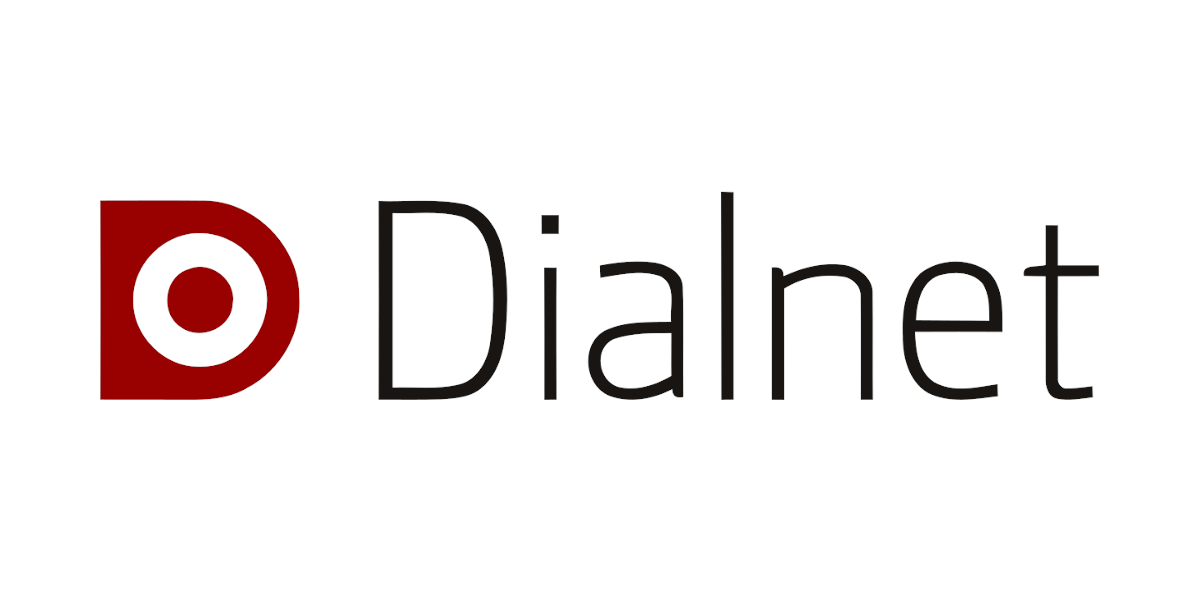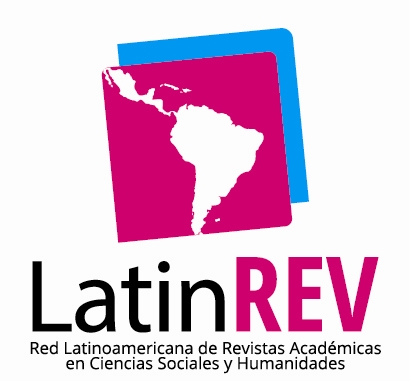Submissions
Submission Preparation Checklist
Todos los envíos deben cumplir los siguientes requisitos.
- Siempre que sea posible, se proporcionan direcciones URL para las referencias.
- El texto se adhiere a los requisitos estilísticos y bibliográficos resumidos en las Directrices del autor/a, que aparecen en Acerca de la revista.
- El archivo de envío está en formato Microsoft Word.
- Los autores manifiestan que el artículo presentado es inédito, es decir, que no ha sido publicado ni está en proceso de revisión o evaluación en otra revista.
Articulos Estudios de control fiscal
Articles Fiscal control studies
Opinion
Opinion
Report
Report
Lessons learned
Lessons learned
Copyright Notice
About Authors and Authorship
Authors retain copyright and grant the journal the right of first publication (CC BY-NC 3.0 License from Creative Commons).
Authors may deposit (self-archive) the articles in the Post-print version (editorial version) at the time of publication.
Publishing in the journal is free of charge and all individual articles and complete issues are available in open access.
Privacy Statement
The names and email addresses entered in this journal site will be used exclusively for the stated purposes of this journal and will not be made available for any other purpose or to any other party.










